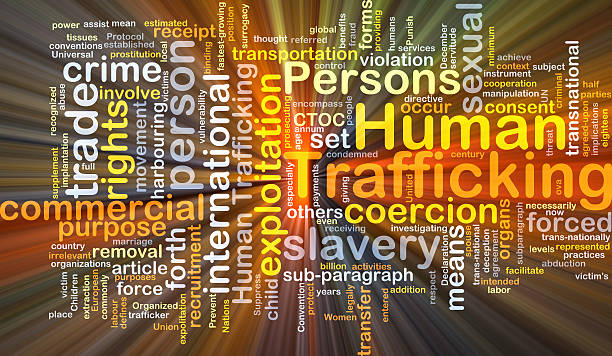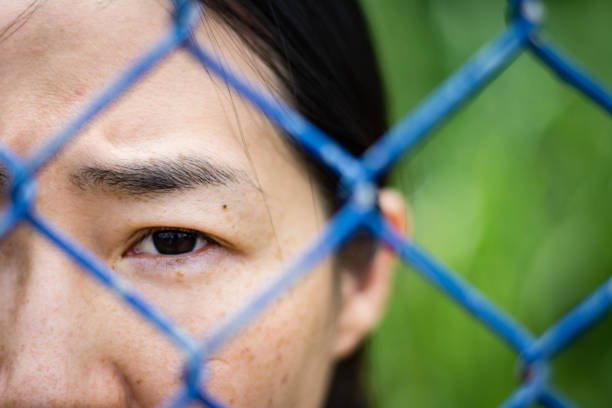Human Trafficking Isn’t Your Fault, And You’re Not Alone
Being forced, tricked or pressured into the sex trade isn’t your fault.
Human trafficking is a slow process of manipulation, deception and coercion. It thrives in situations where power is unequal.
What is Human Trafficking? »Learn How to Recognize the Signs
If you’re concerned about yourself or someone you know, start by learning the warning signs.
Real-life cases don’t look like the movies. Human trafficking doesn’t need to involve kidnapping or cross-border smuggling.
How to Recognize It »What You Can Do to Prevent It
Human trafficking can happen to anyone. But you can take actions to help prevent it.
Learn what a healthy relationship looks like and what consent means. Be careful online by practicing internet safety.
How to Prevent It »Indigenous Women & Girls Face the Highest Risk
Indigenous women & girls make up 4% of Canada’s population, yet 51% of human trafficking survivors. Learn more.
Additional Resources

5 Facts About Human Trafficking in Durham Region (Booklet)
How human trafficking happens and 5 ways you can help fight it.

But I Said Yes (Video)
What consent means and how to identify sexual coercion.

An Open Letter to Human Trafficking Survivors (Video)
A message of support to people who are experiencing human trafficking.
©2022 StopHT.com. All Rights Reserved.
